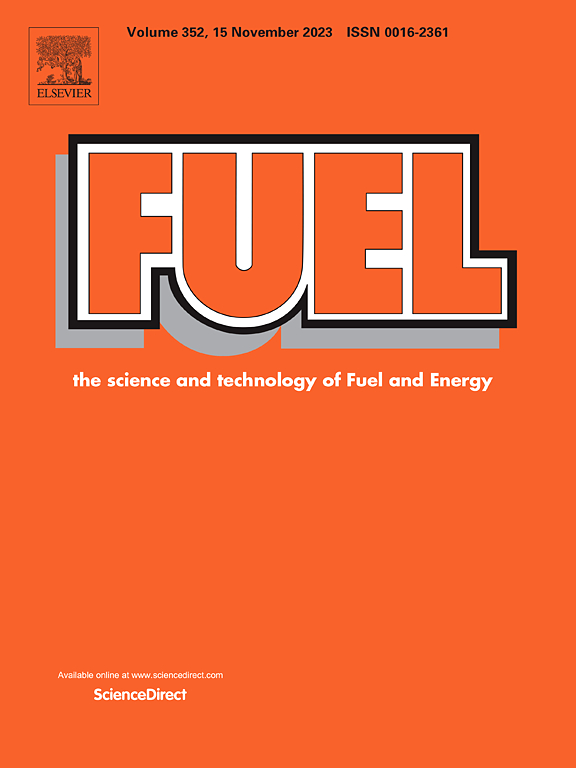Simulations of n-dodecane spray flames in a model gas turbine combustor: Low-temperature chemistry effects
IF 6.7
1区 工程技术
Q2 ENERGY & FUELS
引用次数: 0
Abstract
The n-dodecane spray flames in a tower-staged lean-premixed pre-vaporized (LPP) combustor are studied using the large eddy simulation (LES)/partially stirred reactor (PaSR) model with skeletal chemistry. Simulations of auto-ignition of two-phase n-dodecane/air mixtures with different liquid equivalence ratios () and initial droplet diameters () are first studied based on the constant pressure condition. Then, four LES cases are studied to reveal the effects of air flow rate and low-temperature chemistry (LTC) on the fuel spray characteristics and flame unsteadiness, and they are featured by stable combustion, weakly stable combustion, blow-off, blow-off without LTC, respectively. The results show that the auto-ignition delay time increases with in the high-temperature range (e.g., 1200 K), the negative temperature coefficient (NTC) effects become weak at leaner equivalence ratio (e.g., = 0.5). In the LES of stable combustion case, the chemical explosive mode analysis shows that autoignition regime is dominant in the combustor, particularly near the burner exit and downstream of the primary recirculating zone. Due to the nature of partial mixing combustion, the heat release rate (HRR) peaks do not fully coincide with the iso-lines of stoichiometric mixture fraction. As the air flow rate increases, the droplet diameter and temperature decrease sharply, the volume averaged HRR and interphase rate of mass and energy increases initially and then decreases. It is also found that the LTC can promote droplet evaporation. In the blow-off case, the flame lift-off height and flame length change drastically, and the LTC can initiate the re-ignition and promote the transition of the stable flame into unstable flame. The unstable flame becomes thinner and longer because of larger air flow rate and weakened chemical reactions, which leads to onset of local extinction towards ultimate blow-off.
求助全文
约1分钟内获得全文
求助全文
来源期刊

Fuel
工程技术-工程:化工
CiteScore
12.80
自引率
20.30%
发文量
3506
审稿时长
64 days
期刊介绍:
The exploration of energy sources remains a critical matter of study. For the past nine decades, fuel has consistently held the forefront in primary research efforts within the field of energy science. This area of investigation encompasses a wide range of subjects, with a particular emphasis on emerging concerns like environmental factors and pollution.
 求助内容:
求助内容: 应助结果提醒方式:
应助结果提醒方式:


